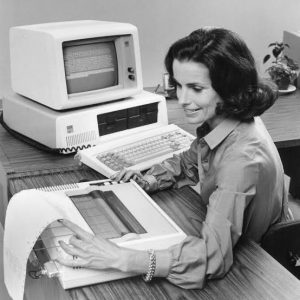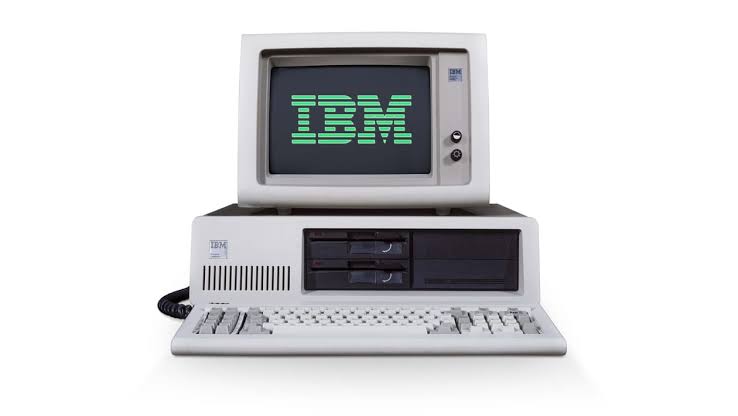The IBM 5150 is a personal computer introduced by IBM in 1981, marking a significant milestone in the history of computing. It was the first computer in the IBM PC series and is often referred to as the “IBM PC.”

At the time of its release, the IBM 5150 was considered a revolutionary product in the computing industry. Prior to its release, personal computers were mainly used by hobbyists and computer enthusiasts. The IBM 5150, on the other hand, was designed for business users and was intended to be a serious computing machine.
The IBM 5150 was based on an Intel 8088 microprocessor and came with 16 KB of memory, expandable to 256 KB. It also featured a 5.25-inch floppy disk drive, a keyboard, and a monochrome monitor. The system was sold with the MS-DOS operating system, which was developed by Microsoft specifically for the IBM PC.
One of the key features of the IBM 5150 was its open architecture. This allowed third-party developers to create software and hardware that could be used with the system. This was in contrast to other computers of the time, which had closed architectures and only allowed software and hardware that was approved by the manufacturer.
The IBM 5150 was an immediate success, and within a few years, it had become the standard for personal computing. The open architecture of the system helped to create a thriving ecosystem of software and hardware, and it became a platform for the development of business applications.
Today, the IBM 5150 is considered a classic computer and is highly sought after by collectors. It is also remembered as the computer that brought personal computing to the mainstream and paved the way for the development of the modern computer industry. Without the IBM 5150, it is hard to imagine what the computing landscape would look like today.
